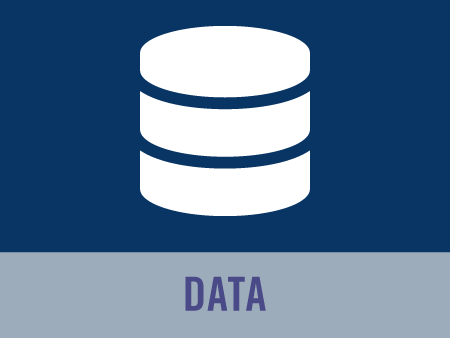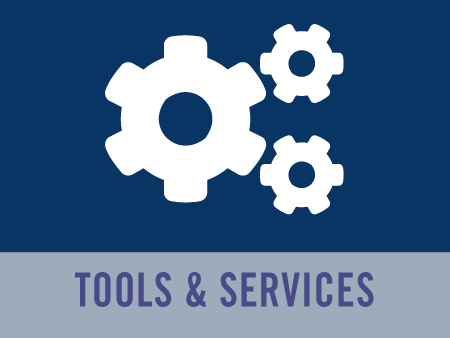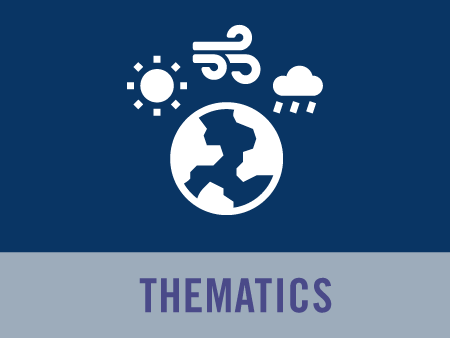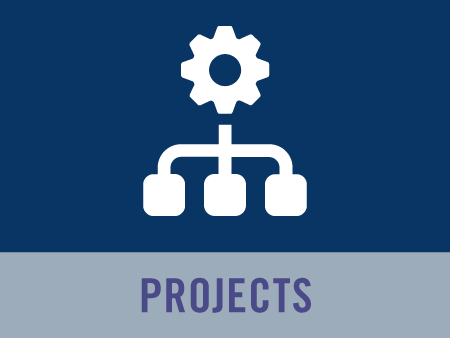Sea Surface Salinity
Sea Surface Salinity Remote-Sensing
The ocean suface salinity (SSS) is a fundamental parameter to better understand and predict ocean circulation, water cycle, climate and their interactions. Measuring this parameter from space is also a huge technical challenge, and several experimental missions currently atempt to achieve this goal : SMOS (ESA mission launched in September 2009), (NASA/Argentina mission, launched in 2010) and SMAP (NASA mission, launched in January 2015).
Ifremer is highly involved in this challenge, as an expert support laboratory for ESA and also as a processing and archiving center for SMOS mission, through the CATDS (Centre Aval de Traitement des Données SMOS) portal supported by CNES.
Research activities at Ifremer / LOPS
Our research group includes members of the Laboratoire D'Océanographie Physique et Spatiale (LOPS) at the French Institute of Research for the Exploitation of the Sea (Ifremer) and of the Brest/Radar division of the french company Collect Localisation Satellite. Our activities are focused on the challenge of Sea Surface Salinity (SSS) Remote Sensing from space.
In particular, our team is strongly involved in the scientific algorithm development and data exploitation of the ESA's Soil Moisture and Ocean Salinity (SMOS) satellite mission. Our group thus works as one of the Expert Support Laboratory for ESA level 2 ocean salinity products. This activity is conducted in close collaboration with the french LOCEAN/IPSL and spanish ICM-CSIC laboratories, as well as with the UK/ARGANS company which is in charge of the prototype processor development and maintenance. Our research activities on SMOS data also includes providing some feedback to the SMOS Level 1 image reconstruction processing (calibration, quality validation).
Finally, we are also contributing to the preparation of the NASA Aquarius/SAC-D satellite mission. Aquarius is another focused satellite mission to measure global Sea Surface Salinity that will be launch in 2011. By providing feedback results from SMOS mission, we thus support the scientific algorithm development of the mission and we prepare the synergies between SMOS and Aquarius data in close collaboration with our US collegues. In particular, we work with some science team members of Aquarius mission. from University of New Hampshire.
More generally, we are using multiple sensor & associated data sets (low frequency microwave radiometers, ocean color, sea surface temperature, wind, wave, altimeter products, model and in situ data..) to develop new scientific algorithms, synergetic data methodologies and computing techniques that tentatively best map salinity at the surface of the oceans. The principal scientific objective is to make global SSS measurements over the ice-free oceans with 150-km spatial resolution, and to achieve a measurement error less than 0.2 (PSS-78 [practical salinity scale of 1978]) on a 30-day time scale, taking into account all sensors and geophysical random errors and biases.Salinity is indeed a key indicator of the strength of the hydrologic cycle because it tracks the differences created by varying evaporation and precipitation, runoff, and ice processes. These variables lead to important dynamical consequences for oceanic currents and mixing that influence the ocean’s capacity to absorb, transport, and store heat, freshwater, and carbon dioxide. Many of the processes governing the role of salinity in the modulation of upper-ocean mixing in both tropical and high-latitude regions are neither well understood nor adequately represented in climate models.
Our research activity is thus part of a national and international effort to provide the scientific community with new data sets usefull for ocean circulation modeling, climate studies, bio-optics and bio-chemistry of the ocean.
Science Products
CERSAT hosts the Centre Aval de Traitement des Données SMOS portal (CATDS), which is the french ground segment for the SMOS Level 3 and 4 data, developed in collaboration with CNES and the CESBIO laboratory. This center is piloted and developed in collaboration with several national partners, in particular with our collegues from LOCEAN/IPSL and LEGOS laboratories. In this context, the prototype Level 3 and 4 algorithms that are tested in the C-ECOS and found to produce the best SSS products are then be turned into operational processing chains by the french companies CAP-GEMINI and ACRI-ST.
The sea surface salinity (SSS) products available through this portal include:
- gridded global resolution composites (Level 3) of SSS at various spatial (25 km, 50 km) and temporal (daily, 10-daily, monthly) resolution
- weekly and monthly gridded composites of SSS over Arctic at 0.25 km resolution
- weekly global merged SMOS and in situ gridded synergistic composites (Level 4) of SSS (L4a) and SSS anomaly (L4c)at 0.5° resolution, including ancillary fields such as SST (from ECMWF), wind speed modulus (ECMWF), wind stress components (ASCAT), ocean surface current components (OSCAR), evaporation (OAFLUX), precipitation (TRMM3B42 & CMORPH), mixed layer depth (In situ OI), salinity at the base of the mixed-layer
- weekly global composites (L4b) of surface density at a spatial resolution of 0.50°
Checkout these products on our dedicated CATDS portal.











